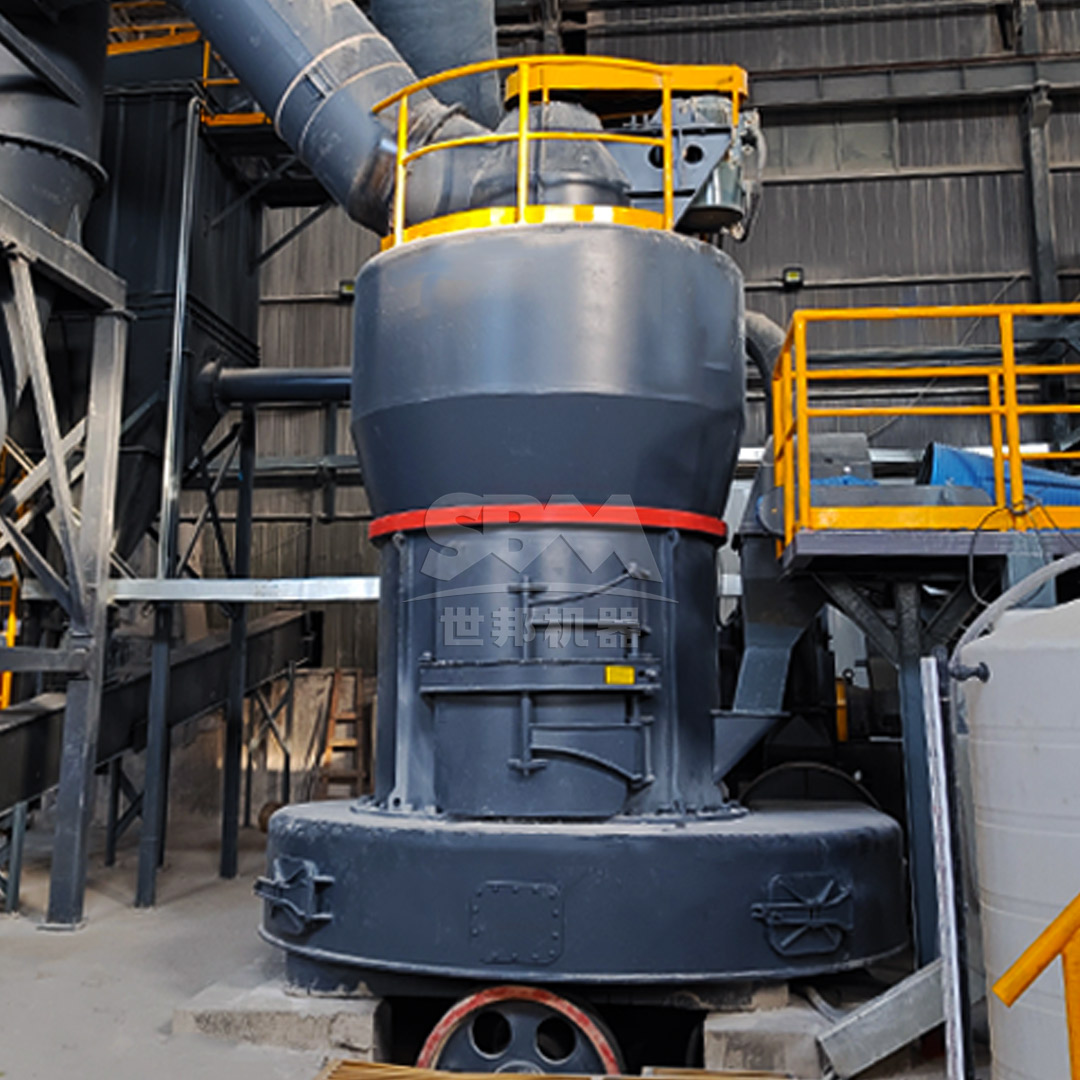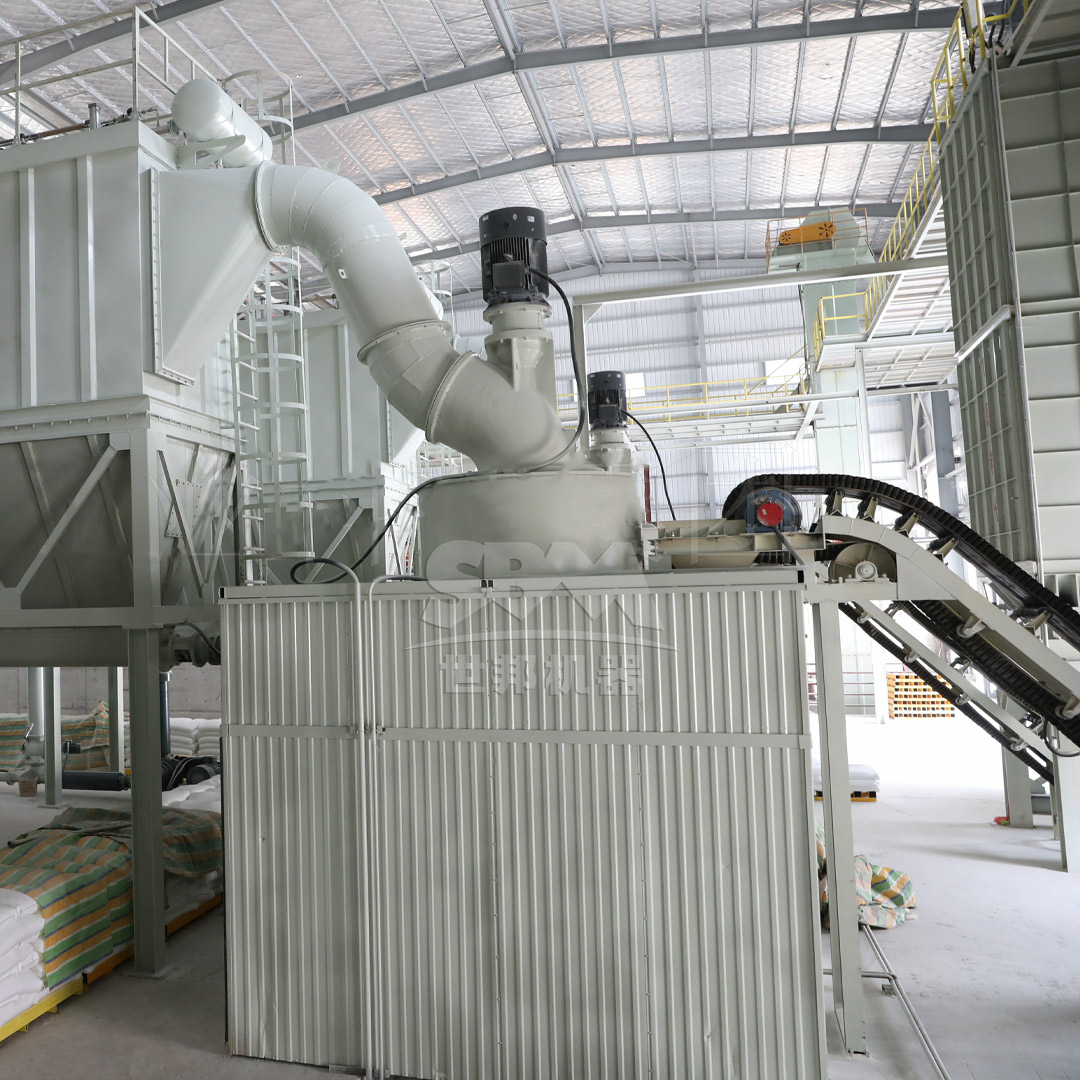In the modern feed additive industry, achieving consistent particle size distribution and superior product quality is paramount for ensuring optimal animal nutrition, bioavailability, and manufacturing efficiency. Hammer mills play a crucial role in this process, offering a reliable and efficient method for size reduction of various feed ingredients and additives. This article explores the fundamental principles of hammer mill operation and how they contribute to enhancing the quality and consistency of feed additives.
Particle size distribution directly impacts multiple aspects of feed additive performance. Smaller, uniformly sized particles increase the surface area available for digestion, improving nutrient absorption and bioavailability. Consistent particle size prevents segregation during mixing, transportation, and storage, ensuring uniform distribution throughout the final feed product. This uniformity is critical for additives like vitamins, minerals, amino acids, and medications where precise dosing is essential for animal health and performance.
Furthermore, optimal particle size reduces waste by minimizing dust formation and improving flow characteristics, which enhances handling efficiency during manufacturing. The hammer mill’s ability to produce controlled particle sizes makes it an indispensable tool in modern feed additive processing.
Hammer mills operate on a straightforward yet highly effective principle of impact-based size reduction. The core components include a rotating shaft with freely swinging hammers, a solid grinding chamber, and a screen that determines the final particle size. As material enters the grinding chamber, it’s struck by the rapidly rotating hammers with tremendous force, shattering the particles upon impact.
The screen surrounding the rotor assembly acts as a sizing control mechanism, allowing only particles smaller than the screen openings to pass through. Particles that are too large continue to circulate within the grinding chamber until they’re reduced to the desired size. This continuous impact and screening process ensures consistent output with minimal oversized particles.
| Component | Function | Impact on Quality |
|---|---|---|
| Hammers | Impact and shatter particles | Determines breaking efficiency |
| Screen | Controls final particle size | Ensures size consistency |
| Grinding Chamber | Contains the grinding process | Prevents contamination |
| Rotor | Provides rotational energy | Affects grinding intensity |
The efficiency of this process depends on several factors, including hammer design, rotor speed, screen size, and feed rate. Modern hammer mills allow precise control over these parameters, enabling operators to fine-tune the grinding process for specific materials and desired particle size distributions.
Hammer mills offer several distinct advantages that make them particularly suitable for feed additive processing:
Versatility: Hammer mills can process a wide range of feed ingredients and additives, from brittle minerals to fibrous materials, without requiring significant adjustments to the equipment.
Precise Particle Size Control: By simply changing the screen size, operators can produce different particle sizes to meet specific formulation requirements, ensuring optimal performance for each additive type.
Minimal Heat Generation: Unlike some grinding methods that generate significant heat, hammer mills operate with minimal temperature increase, preserving the nutritional integrity of heat-sensitive additives like vitamins and enzymes.
High Efficiency: Modern hammer mills are designed for optimal energy utilization, reducing operational costs while maintaining high throughput rates.
Easy Maintenance: With relatively simple designs and accessible components, hammer mills can be maintained quickly with minimal downtime, ensuring consistent production schedules.

Recent technological advancements have further enhanced hammer mill performance in feed additive applications. Our PC Series Hammer Mills incorporate several innovative features that significantly improve grinding efficiency and product quality:
These mills feature optimized cavity designs that create more efficient particle impact patterns, resulting in more uniform size reduction. The high-manganese steel hammer heads are specially engineered for extended service life while maintaining sharp edges for effective grinding. Unique working principles ensure stable operation with minimal vibration, contributing to consistent output quality.
With compact structures that reduce footprint requirements and lower investment costs, these hammer mills represent the cutting edge in feed additive processing technology. The models range from the PC4008-75 with a capacity of 8-15 tons per hour to the PC4015-132 capable of processing 40-70 tons per hour, making them suitable for operations of all sizes.
While hammer mills excel at many feed additive processing applications, some materials benefit from additional grinding technologies for specific requirements. For ultra-fine grinding applications where particle sizes below 325 mesh are needed, our SCM Ultrafine Mill offers exceptional performance with output fineness ranging from 325 to 2500 mesh (D97≤5μm).
This advanced mill system delivers remarkable efficiency with capacity twice that of jet mills while reducing energy consumption by 30%. The integrated intelligent control system automatically monitors and adjusts for consistent product fineness, while the vertical turbine classifier ensures precise particle size distribution without coarse powder contamination.
Special material roller and grinding ring designs extend service life significantly, and the innovative bearing-free screw grinding chamber ensures stable operation. With environmental features including pulse dust collection exceeding international standards and noise levels below 75dB, the SCM Ultrafine Mill represents the pinnacle of environmentally responsible fine grinding technology for premium feed additives.

To maximize the quality and consistency benefits of hammer mills in feed additive processing, several operational factors should be carefully managed:
Screen Selection: Choosing the appropriate screen size and configuration is critical for achieving the target particle size distribution. Perforated screens with precisely sized openings ensure consistent output.
Hammer Configuration: The number, arrangement, and design of hammers impact grinding efficiency and particle characteristics. Sharp hammers create more cutting action, while blunt hammers provide more impact force.
Feed Rate Control: Maintaining a consistent and appropriate feed rate prevents overloading and ensures uniform residence time in the grinding chamber, resulting in consistent particle size.
Air Assistance: Proper airflow through the mill helps remove ground material efficiently, prevents heat buildup, and reduces screen blinding.
Preventive Maintenance: Regular inspection and replacement of worn components, particularly hammers and screens, maintains grinding efficiency and product consistency.
Implementing robust quality control procedures is essential for verifying that hammer mill operations consistently produce feed additives with the desired characteristics. Regular particle size analysis using sieve testing or more advanced laser diffraction methods provides quantitative data on particle size distribution.
Additional quality parameters to monitor include bulk density, flowability, and dust formation potential. By correlating these quality attributes with hammer mill operational parameters, processors can optimize their grinding processes for specific additive types and customer requirements.
| Quality Parameter | Testing Method | Target Range | Impact on Final Product |
|---|---|---|---|
| Particle Size Distribution | Laser Diffraction | Material Specific | Bioavailability, Mixing |
| Bulk Density | Volumetric Measurement | Consistent Batch to Batch | Dosing Accuracy |
| Flowability | Angle of Repose | >30 degrees | Handling Efficiency |
| Dust Content | Dust Emission Test | <5% | Working Environment |
The evolution of hammer mill technology continues to address the changing needs of the feed additive industry. Emerging trends include increased automation with integrated control systems that automatically adjust operational parameters in response to material characteristics, ensuring consistent output quality despite variations in raw material properties.
Energy efficiency remains a key focus, with new designs optimizing power consumption while maintaining or improving throughput rates. Hybrid systems that combine hammer milling with other size reduction technologies offer solutions for challenging materials that require multiple processing stages.
Digitalization and Industry 4.0 integration enable real-time monitoring of equipment performance and product quality, facilitating predictive maintenance and minimizing unplanned downtime. These advancements ensure that hammer mills will continue to play a vital role in producing high-quality, consistent feed additives for the global animal nutrition industry.

Hammer mills represent a critical technology in the production of high-quality feed additives, offering precise control over particle size distribution, operational efficiency, and versatility across a wide range of materials. Through proper equipment selection, operational optimization, and quality control, processors can leverage hammer mill technology to produce consistent, high-performance feed additives that meet the exacting standards of modern animal nutrition.
As the industry continues to evolve, advancements in hammer mill design and complementary technologies like our SCM Ultrafine Mill will further enhance our ability to produce feed additives with optimized characteristics for maximum nutritional value and manufacturing efficiency.